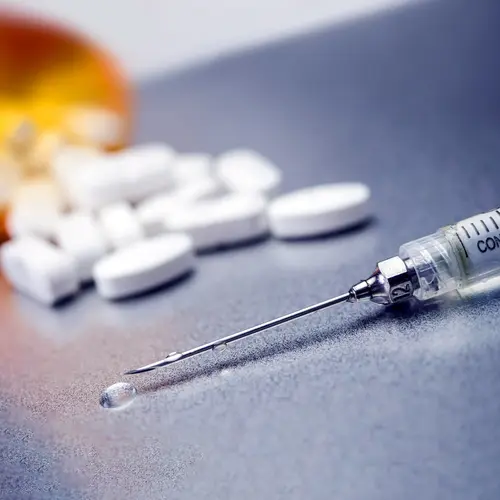Sperm morphology refers to the form or shape of sperm, the male reproductive cell. Sperm of various plant and animal species differ from one another, sometimes in surprising ways. The sperm of human beings, and a few other mammals like bulls, have oval-shaped heads and long tails called a flagellum.
Morphology, though not the only contributing factor, can have an important impact on male fertility. Some percentage of ejaculated sperm always has an irregular shape, which is normal and may not even affect that sperm’s ability to fertilize eggs. That said, certain structural problems can prevent sperm from entering an egg.
The Structure of Sperm
A normal human sperm has an oval head like a paddle, a neck, a middle section, and a tail. This structure allows sperm to swim quickly and in a straight line toward its objective. Each sperm contains within itself the individual’s 23 chromosomes, carrying their entire genetic information.
In general, normal sperm have the following characteristics:
- The head is 5 to 6 micrometers long and between 2.5 and 3.5 micrometers wide.
- The sperm has a cap that covers 40% to 70% of its head.
- The head has no droplets of fluid bigger than half of its size.
- The neck, midsection, or tail has no abnormal structures.
It’s common for misshapen sperm to constitute a large percentage of the total. The World Health Organization has previously stated that having as little as 4% of sperm with normal morphology is still an ideal proportion for fertility. Some fertility clinics use Kruger’s strict criteria for gauging an individual’s fertility based on the morphology of their sperm. This means the following:
- The chance of fertility is high when 14% or more of the sperm have a normal shape.
- The chance of fertility slightly decreases when 4% to 14% of the sperm have a normal shape.
- The chance of fertility greatly diminishes when less than 3% of the sperm have a normal shape.
Many factors could be responsible for having a high percentage of unusually shaped sperm.
Abnormal Sperm Morphologies
Abnormal sperm morphologies are called teratospermia in medicine. But what constitutes “abnormal?” Many scientists have argued against using abnormal structures as a criterion for predicting male fertility, citing inconsistent standards of judgment that sometimes differ from one laboratory to another.
Many researchers differentiate between primary and secondary abnormalities when classifying sperm shapes:
- Primary abnormalities. These are considered inherent and serious defects that may hinder the sperm’s ability to reach or fertilize an egg.
- Secondary abnormalities. These are considered less serious, often caused by something that went wrong during ejaculation.
Some kinds of abnormality, such as globozoospermia, can definitively damage the sperm’s ability to fertilize an egg. This happens when the sperm’s structure is missing vital components that are needed to activate the egg during the fertilization process or when the sperm starts unraveling its DNA prematurely, before contacting an egg.
Sperm Morphology’s Effect on Fertility
Questions about male fertility embrace a wide range of factors beyond morphology. For example, the typical semen analysis includes information about the following:
- Total sperm count
- Sperm concentration
- How many sperm are actually alive
- How well the sperm move
- The volume of semen present
Morphology is far from being the only factor considered for male fertility. A high percentage of abnormal sperm typically means that it may take longer but still be quite possible to conceive than would otherwise be the case.
Male fertility can be affected by factors like hormone levels, the presence of bacteria in semen or immune cells intermixed with sperm, and more. Many of these issues can be corrected with a little help from reproductive therapies or technologies. In vitro fertilization can also be an option in some cases.
Can You Improve Sperm Morphology Yourself?
It’s quite possible! Male fertility is a complex issue in which many factors play a role. Most scientists are adamant that fertilization is possible even in cases of severe structural abnormality among high percentages of sperm.
Moreover, just as the body constantly builds and replaces its cells, it constantly builds and replaces its own sperm. The sperm that’s there today is quite literally not the sperm that will be there tomorrow, so many lifestyle changes can be made to improve all your body’s cellular “factories,” including its reproductive system. These include the following:
- Weight loss
- Avoiding smoking, drug use, or excess alcohol
- Regular exercise
- Eating a varied mix of fruits and vegetables to get as many nutrients as you can

